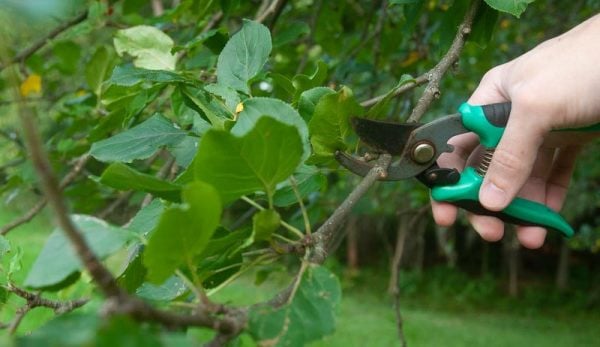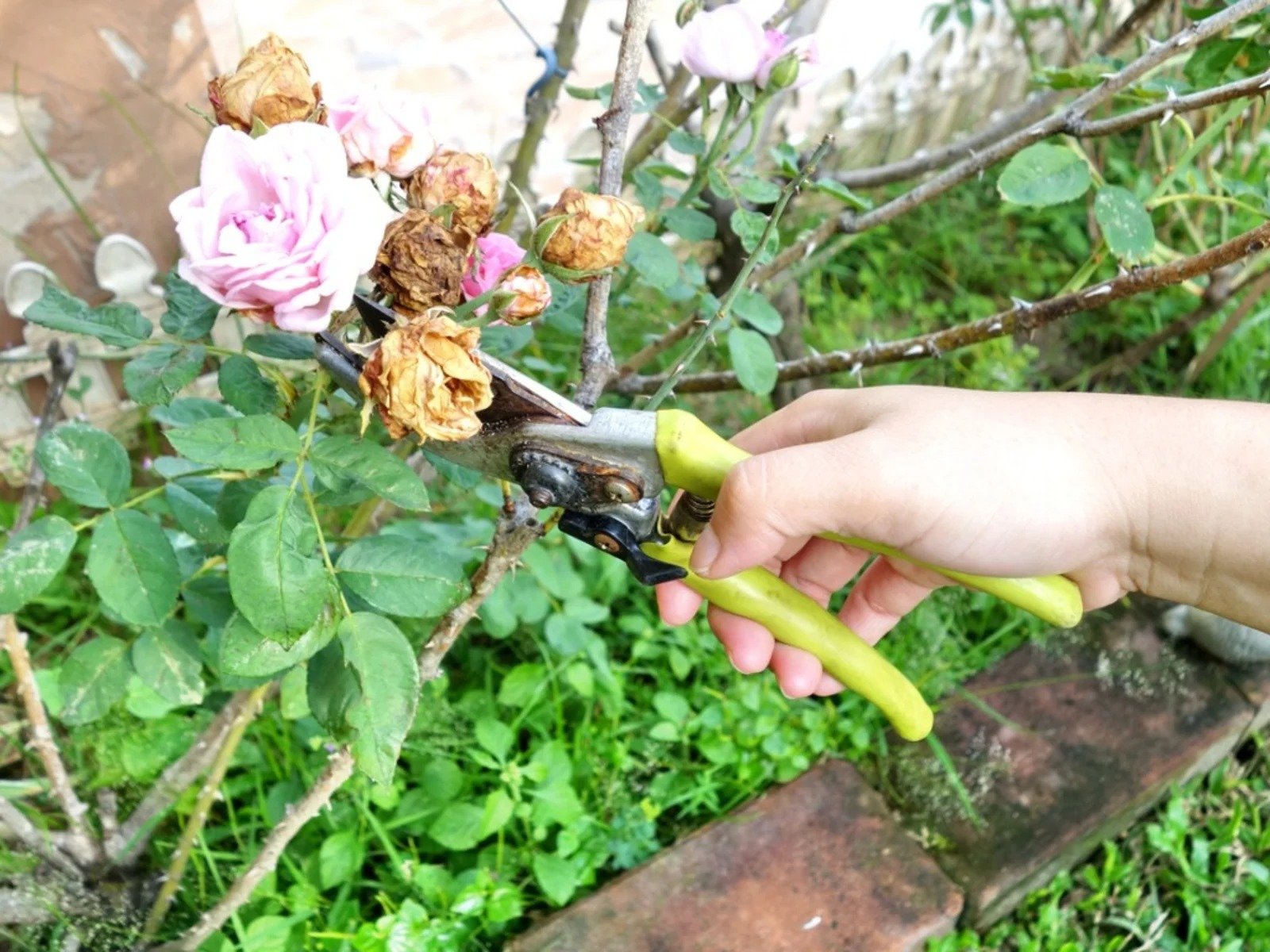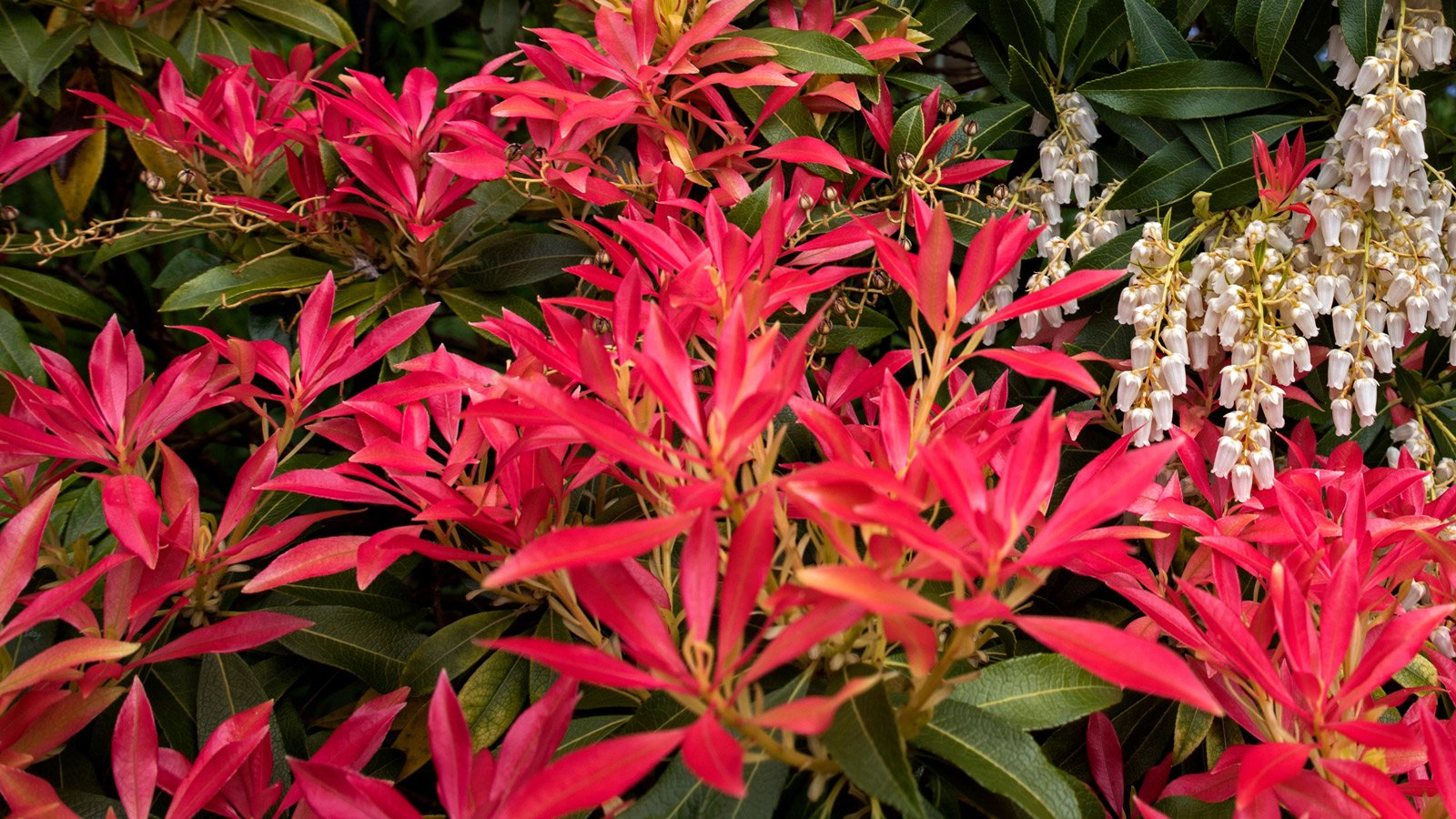The Ultimate Guide to Pruning Your Olive Trees
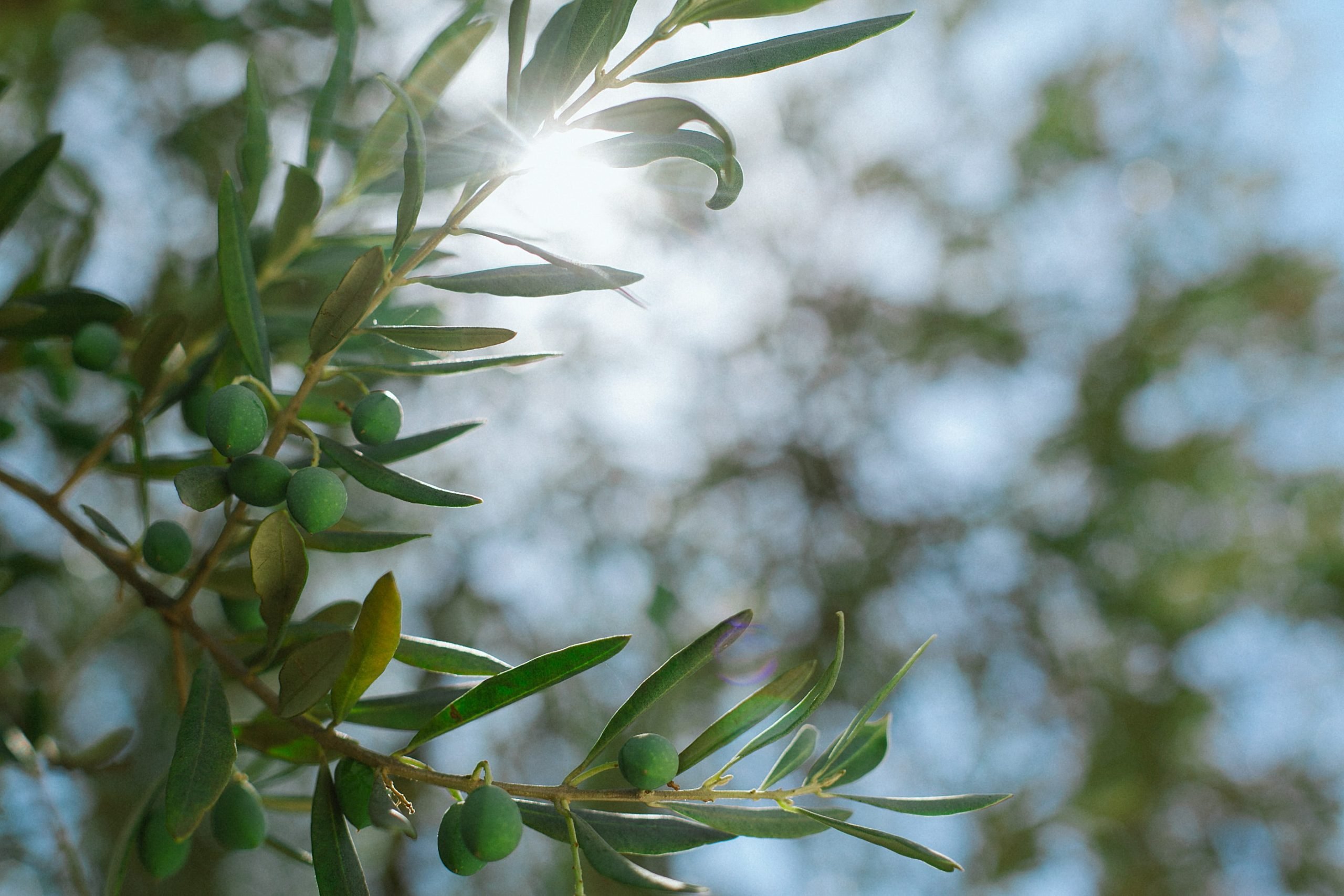
Table of Contents
Did you know that Olive trees can live up to a year and keep producing olives for more than that? Olive trees (Olea europaea) are evergreen, perennial trees that are native to the Mediterranean, Europe, Asia, and Africa. There might be more than 1 billion of these stunning trees cultivated around the world.
These trees can grow in drought conditions with silvery green foliage and produce olive, which is a celebrated edible fruit. Taking care of them systematically will make them thrive in your garden, although they are not maintenance-heavy. Pruning olive trees is a significant part of caring for them.
So, let’s learn how to do that but let’s quickly take a detour to know which varieties might suit your beautiful garden!
What Do You Need to Prune Olive Trees?
You can use a pair of hand pruners or bypass secateurs to cut branches with a smaller diameter. Most of the branches can be cut using this. However, larger branches can be cut using a lopper, or even a hand saw might be useful. These are the commonly used tools for pruning.
Make sure to disinfect the blades after using them on a different tree or plant, and always wear gloves while pruning. You can use citrus-based disinfectant, which is made from natural derivatives and can be effective against fungal and bacterial diseases.
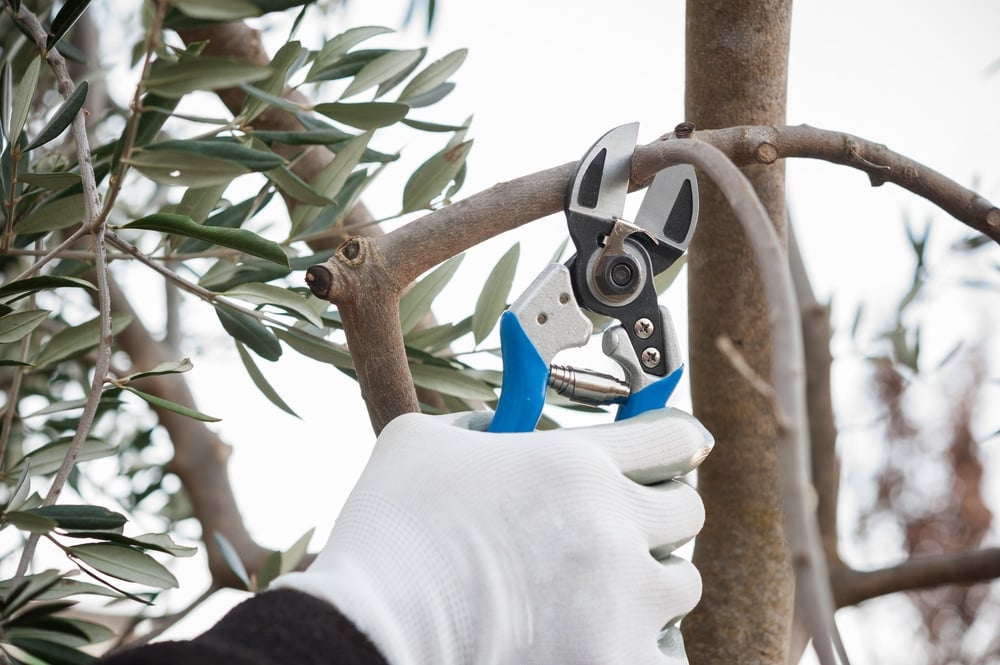
When Is the Best Time for Pruning Olive Trees?
Pruning refers to cutting some part of the plant or tree so as to promote better growth. In fact, the more you prune, the better olive trees will grow. You can ideally prune them annually or biennially (twice a year).
Make sure not to prune them in winter, as if you do, you might expose them to more infections. You can prune them in early spring to summer, and this way, you can remove dead or dying branches. If you are growing them in pots, you can tip-prune (cut the tip of each branch) the main branches. Generally, you will cut about 5 cm or less.
If you keep pruning them in colder climates, they are more likely to get infections and diseases. Some of these infections can affect the appearance, but some can kill the tree quickly as well. So be careful about the timing of pruning.
Note: If you prune often, the plant will respond by producing several water shoots, which are growths that will not produce fruits.
Do They Actually Need Pruning?
Since they are slow-growing plants and trees, they don’t need to be pruned in their early lives. If you let them be, they might grow up healthier. And when they grow, you need to prune them so that they can be exposed to more light and develop fruits.
For ornamental olive trees, pruning is essential to maintain the shape and aesthetic looks of it. Therefore, pruning needs will be different based on the reason why you are growing it.
Although pruning too much might not be good for the tree in some cases, even if 50% is pruned, they can still survive. But if you are doing this, make sure to check the weather forecast, as you cannot prune them in frost or harsh winter.
If you are pruning potted olive plants, don’t prune them severely, lighter pruning works better for them.
Pruning Olive Trees for Ornamental Purposes
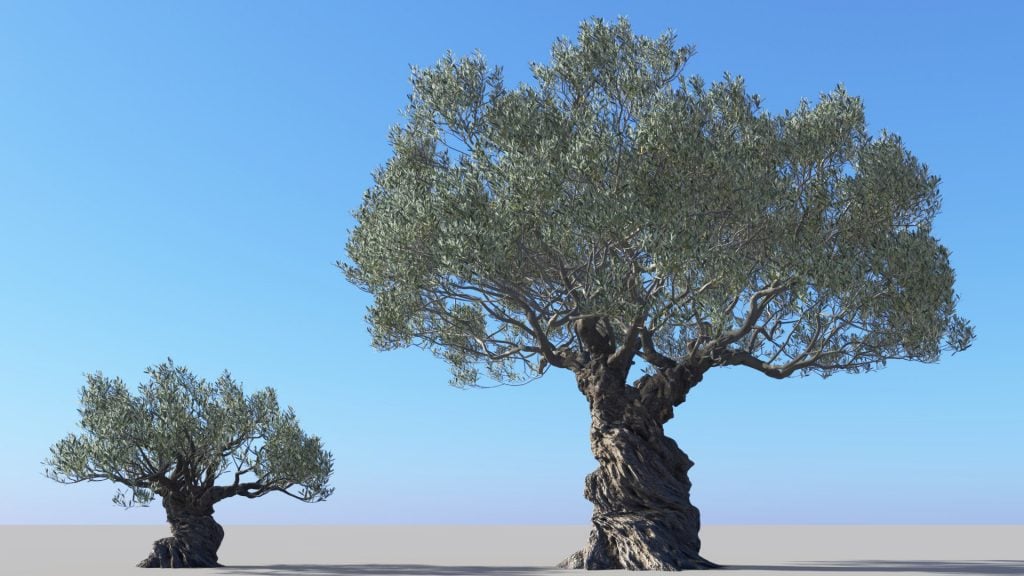
You need to prune in the centre of the plant where there might be dense growth so as to allow more light to penetrate. You can also remove branches that grow at odd places and angles. This way, you can maintain the desired shape of the plant.
If you are only growing olive trees for ornamental purposes, then you can create shapes with them. These are usually wine glass shapes or loose lollipop shapes. This is especially important for olive trees which are grown in smaller gardens.
You need to wait till they grow for about 1.5 meters to shape them. Then you can choose strong branches to form your desired framework.
Pruning for Olive Trees Having Fruits
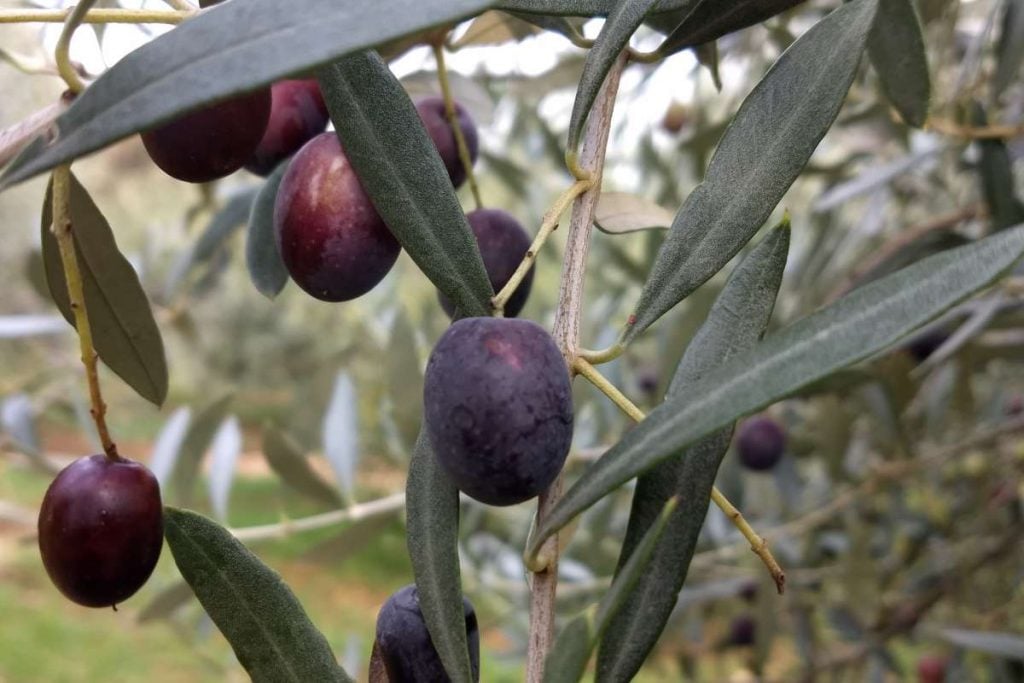
Olive trees will start fruiting after three or four years, and they may alternate between periods where they produce more fruits and fewer fruits. In the UK, since the summers are not very hot and long, special attention needs to be given if you want them to produce fruits. It would be best if you prune lightly, and if you prune too much, in addition to producing water shoots, they will become denser and will not allow any light in, and this is not ideal for fruit growth. Therefore, you can just remove branches that have some diseases or that are rubbing other branches.
An important fact is that olives grow on top of the canopy and at the periphery (towards the ends) as these regions are exposed to an optimal amount of sun. In addition, newer fruits are formed only at the branch ends of the previous year’s growth which successfully produced olives. Therefore be careful when it comes to pruning these regions. You can prune the parts that produce shade to younger parts of the plant. If you don’t prune at all, it can lead to less light entering the plant and ultimately reducing the number of fruits produced.
Although olive trees can grow in drought conditions, they can manage because they will produce fewer fruits. These fruits generally are produced on the downward hanging and lateral branches but not on vertical branches. Although vertical branches produce a good growth of foliage, they don’t produce fruits.
Best Olive Tree Varieties for Your Garden
These trees are not grown from seeds but are grown from a part of the root or branch. They are cut and planted, and since they are self-pollinating, planting two varieties might be best. Here are some of the most popular olive tree varieties for your garden.
1. Mission (Olea europea ‘Mission’)
This variety can withstand cold better than its peers and might be more suitable for UK’s climate. It can grow up to 25 to 30 feet tall. Although it can grow well in colder conditions, it requires full sun exposure. These originated in Spain.
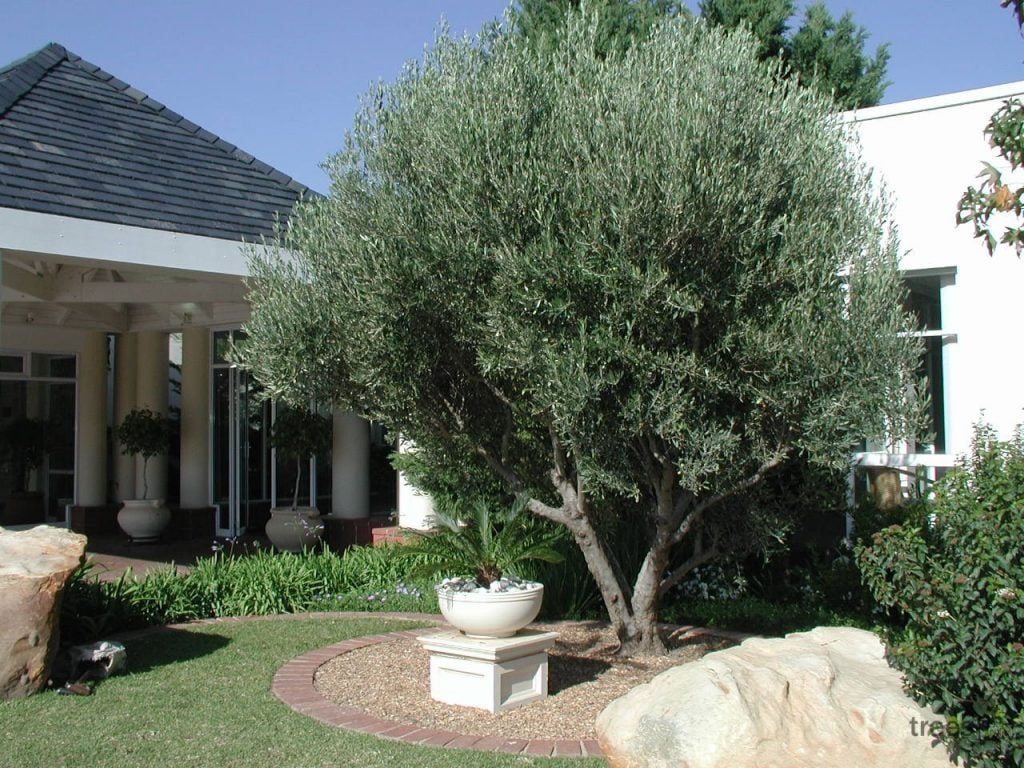
2. Picholine (Olea europea ‘Picholine’)
This variety, with its French origins, is better suited to be grown in containers. The olives produced have a spicy and nutty taste, and it is a great snack as well. It can grow up to 20 to 30 feet.
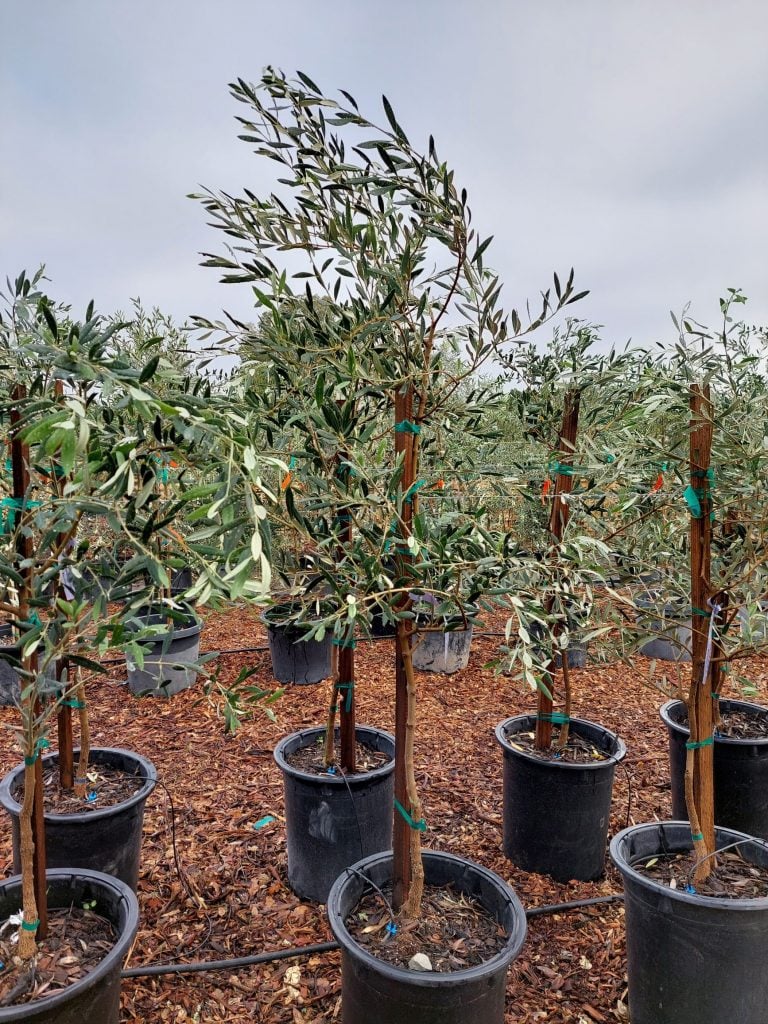
3. Manzanilla (Olea europea ‘Manzanilla’)
This is the most common variety of olives consumed in the US. It is a good choice to plant if you want to have an attractive olive tree in your garden. However, it is slow growing and might be affected by colder climates. It can also grow up to 20 to 30 feet.
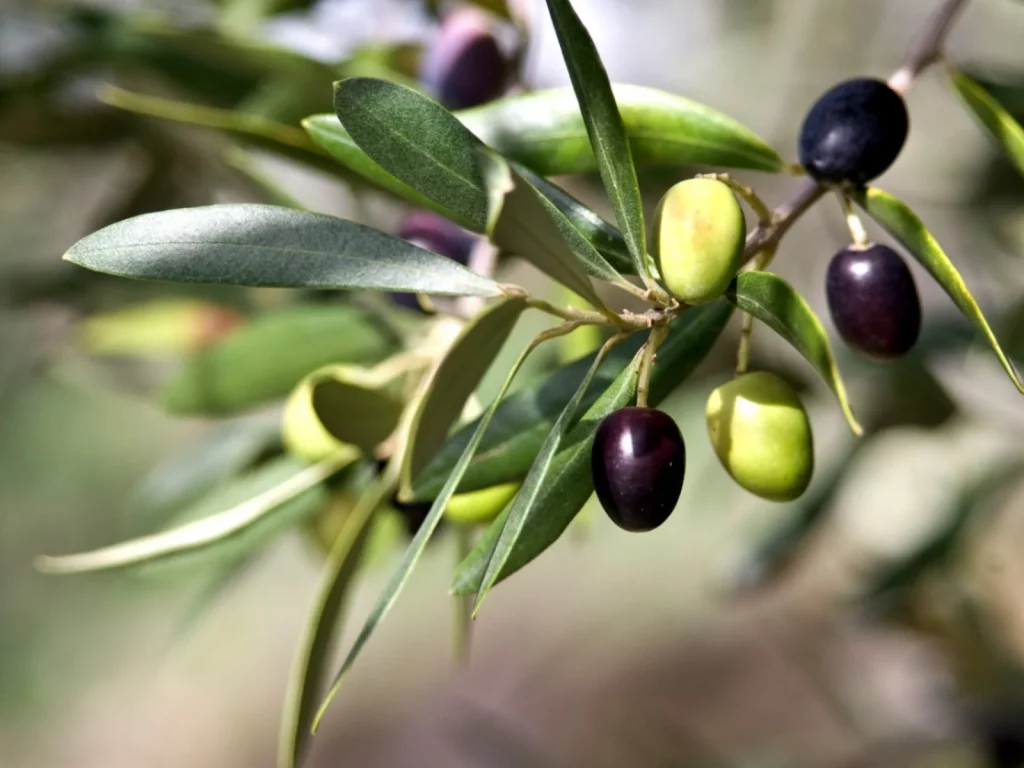
4. Nocellara Del Belice (Olea europea ‘Nocellara Del Belice’)
This variety originated in Sicily, and the olives have a mild flavour and buttery texture, so these are preferred worldwide. This tree has the added benefit of being pest and disease resistant. It grows to an average height of 15 to 20 feet.
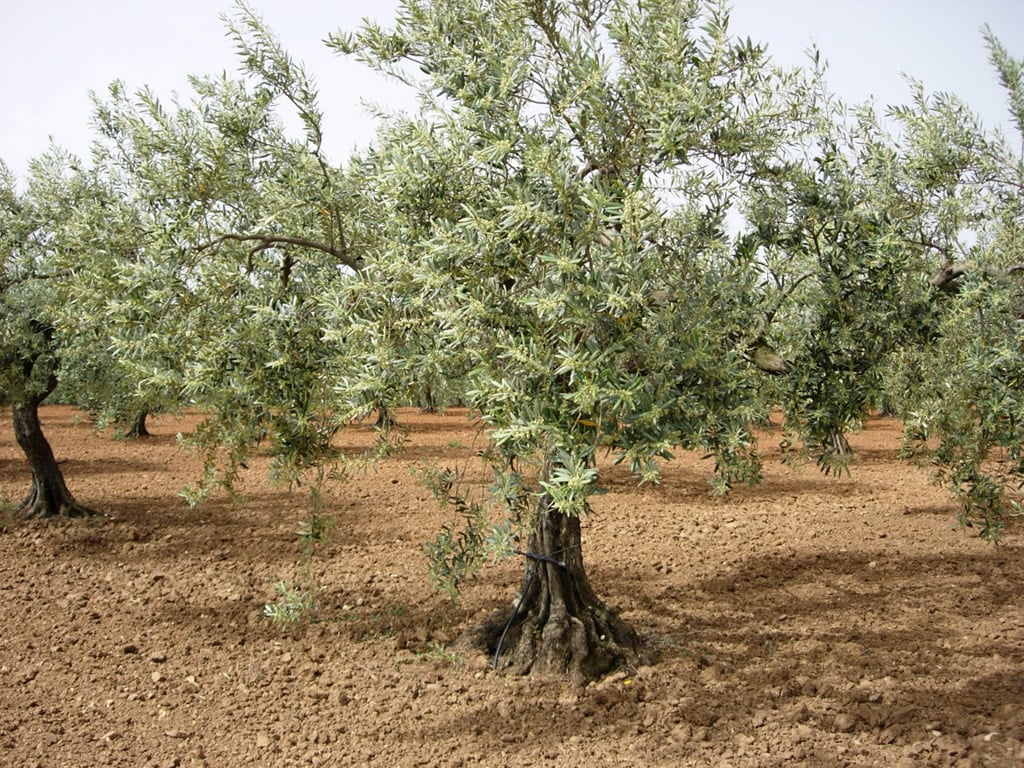
5. Amfissa (Olea europea ‘Amfissa’)
This variety is known for its fast growth and its habit of producing fruit in three to four years. These trees are native to Greece, and the olive produced is brownish-purple in colour. It can grow up to 20 to 30 feet.
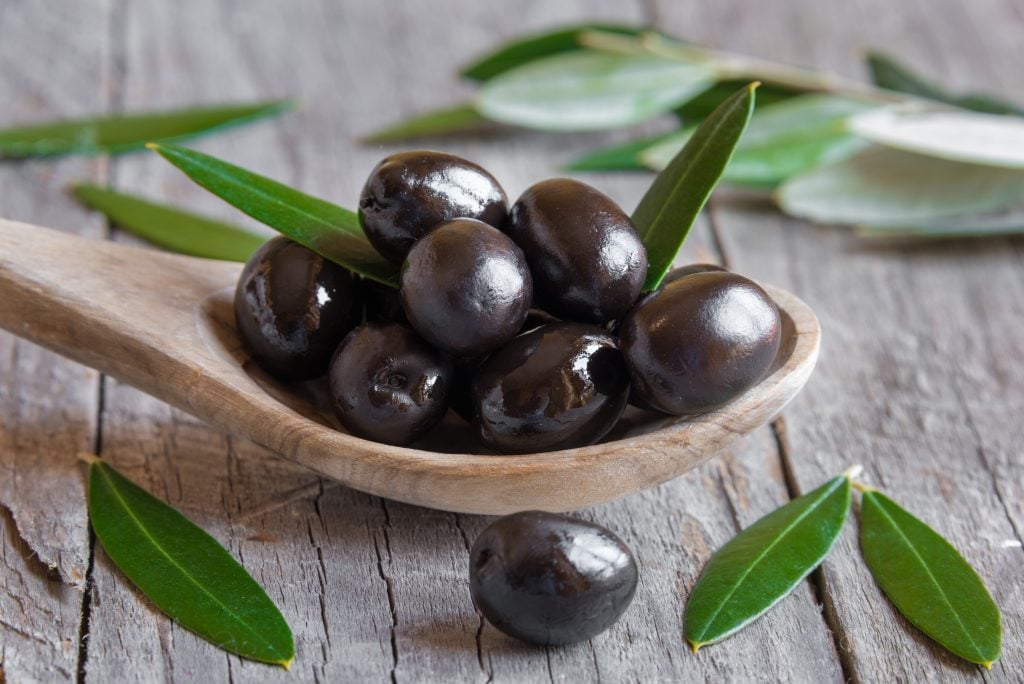
Best Planting Practices for Olive Trees
According to the Royal Horticultural Society of the United Kingdom, these trees can be planted during the months of March, April, and May and harvested during September and October. In order to know how and when to prune them, we need to understand the ideal conditions for them to grow.
Size of Olive Trees
Olive trees come in several sizes. For example, some can grow into old trees when they have a gnarled, twisted, and rough trunk, making a majestic centrepiece for your garden. Or they can grow smaller in height in compact urban gardens where they take up less space.
Proper Sunlight
They need to be exposed to sunlight during summer but can be kept indoors during UK’s harsh winter. However, this only works for smaller trees, as bigger trees can survive cold weather, also.
Desired Location
They need to be planted in the ground during spring in a sunny, sheltered area where they will be routinely exposed to sunlight. You need to provide support to them until they have grown well.
Balanced Soil
They grow best in deep pots filled with loam-based compost, and you need to mix some fertilisers for the best growth. They need dry and clay-rich soil that is highly fertile. The soil can be acidic or alkaline. Make sure that the soil is not too moist, as that will hinder the growth of the plant.
Nutrients Required
Nitrogen needs to be present in the soil as it is essential for olives to grow, and the pH of the soil needs to be around 5.5 to 8. Calcium is also essential for the plant as it will protect the plant against diseases. Magnesium and boron, on the other hand, are essential for fruit development.
Pots/Containers
These need to be deep, about 30 to 35 cm, such that they can hold the tap root, which will eventually start spreading widely. These pots work well for varieties that are designed to grow only up to a certain height.
Harvesting Techniques
Interestingly these trees are ready for harvesting in autumn when other plants in your garden will shed leaves. If you like green olives, you can pick them and soak them in salted water to remove the bitterness. If you like the ripened black olives, you need to dehydrate them first.
Let’s learn how pruning olive trees will help you, as you know the basics now!
Let’s summarize!
Olive trees are perennial and evergreen, and these produce lovely edible fruits also. They can grow well in a range of weather conditions, but they thrive in hotter weather. They can be grown as an ornamental tree and/or as a fruiting one. Pruning olive trees annually or biennially is needed for their best growth. Since they need a lot of sunlight to produce olives but have dense growth, pruning is necessary if you want them to produce fruits. These olive trees will add value to your garden both aesthetically and utility-wise.
We agree that pruning is an additional step. However, its necessary for a bountiful harvest and a high level of productivity. So go ahead, and prune your olive trees and maximise the growth of your olive trees in no time.
Frequently Asked Questions
Are Olive Trees Easy to Grow?
It depends on the variety of olive trees that you choose and the weather conditions that prevail in your garden. They can withstand drought weather conditions but might suffer in colder conditions. However, some varieties like ‘Mission’ can survive well in colder weather also. They also need pruning once or twice a year, so they are, overall, not that difficult to grow!
How Do I Prune My Olive Tree for Ornamental Purposes?
You can prune them in the centre where there is dense growth to allow more sunlight. You can cut branches that grow at odd places to fit the shape you are aiming for. Pruning is essential if you are growing them in smaller gardens.
How Do I Prune My Olive Tree for Fruiting Purposes?
Olives grow on top of the canopy and at the periphery (towards the ends), which are exposed to maximum sunlight. The newer fruits are formed only at the branch ends of the previous year’s growth which successfully produced olives. So be careful while pruning these regions!

